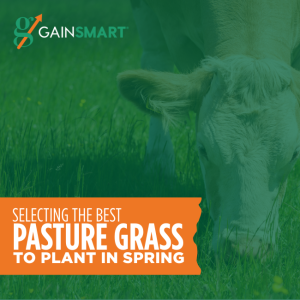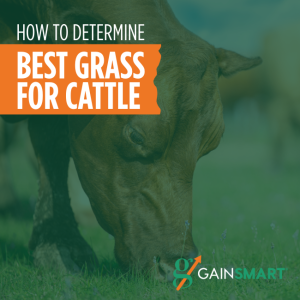
Just like any group of livestock you are handling, you need a solid health management plan for your stocker cattle. After being freshly weaned from their mamas or hauled in by a semi, these young, stressed cattle can be more susceptible to sickness than older calves. Knowing what kind of cattle you’ll be getting and their background, combined with a good relationship with your veterinarian, make designing your health management program simpler than ever.
Kevin Glaubius, Director of Nutrition for BioZyme® Inc., suggests that having a good relationship with your veterinarian and being prepared to answer his or her questions about the prior to taking delivery or weaning your calves.
“There is a science and an art in knowing what kind of questions to ask,” Glaubius said. “Your vet needs to know the risk level of the animals you’re getting in. Are they high, medium or low risk? Are they home-raised? Are they sale barn cattle? Being able to explain what the risk level of the animals is to your veterinarian along with any nutrition or vaccination background is key.”
You can determine the risk level of your stockers by knowing about their background. High-risk cattle are those that typically have come from a sale barn and from multiple first owners with unknown health protocols. You might not have access to their vaccination history. They likely have traveled a long distance, and will probably take a little longer to adjust to their new surroundings and start gaining. Medium-risk cattle are those that you know the source of and know some of their background. Perhaps, you buy a load or two from the same producers each year. You know their health protocols, and those protocols include a good vaccination program along with a high-quality mineral. They might require some transportation, but due to their health and nutrition programs, they handle the stress and adjust to the new environment better. The lowest risk cattle you could background are those that are home-raised. You know their background, genetic make-up and their complete health history. They don’t have the stress of being transported, and their biggest adjustment is being weaned.
In addition to knowing the health and nutrition background and continuing high-quality nutrition and health plans, it is imperative to provide your calves with plentiful fresh water and plenty of space for movement. Glaubius said it is important if a backgrounder can obtain information about past health and nutrition programs. Information like that can help you assess risk early-on and help manage their health during the rest of their time with you.
“Depending on the calves’ background, time is of the essence. We want to get them started on feed as soon as possible to get the nutrients in them needed to grow and perform. They need protein and calories because their immune response requires a lot of energy to be effective along with their required vitamins and minerals,” Glaubius said.
A good mineral program helps vaccines do their job and helps the animal respond to health challenges by boosting the immune response. That’s where a product like Gain Smart® is useful in the stocker health management plan. Gain Smart is a line of vitamin and mineral supplements for beef cattle with the Amaferm® advantage that promotes economically produced pounds by maximizing the natural energy and protein available in forage. Amaferm is a precision prebiotic designed to enhance digestibility by amplifying the nutrient supply within for maximum performance. Once that animal is vaccinated, a good health protocol, will help the animal stay healthy, helping eliminate the need for further treatments due to sickness.
After a high-quality mineral is selected as part of the health management protocol, the next consideration needs to be animal space. Glaubius recommends a minimum of 16-18 inches of bunk space per animal and at least 125 square-feet per animal.
Finally, having pen conditions that keep the calves safe, dry and comfortable aids in their overall health and performance. Make sure you have hay readily available as a bedding and feed resource, and plan ahead.
“Have a strategy for short-notice blizzards. Don’t forget about them until it’s too late. It is hard on cattle when they get cold and wet. Have a plan if a snow storm blows in, they need a dry, warm spot to lay in,” he said.
Vaccinations, a good mineral program, fresh water, adequate space and a dry place to lay down are all keys to a sound health management program for your stocker calves. Work closely with your veterinarian to establish a plan to get your calves on track to grow and perform.

